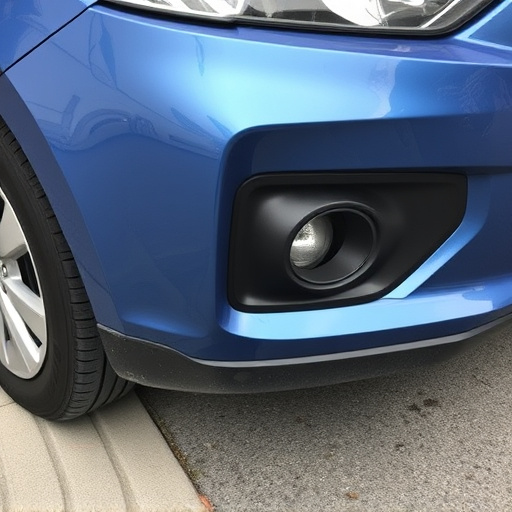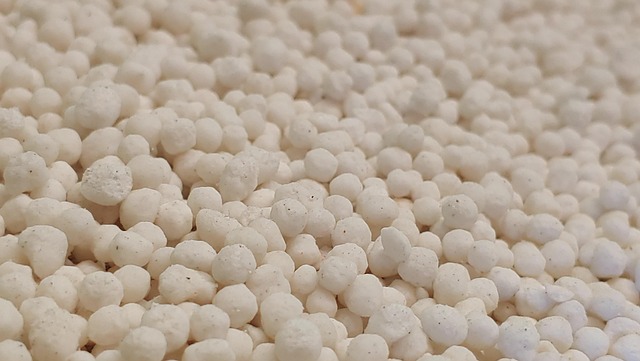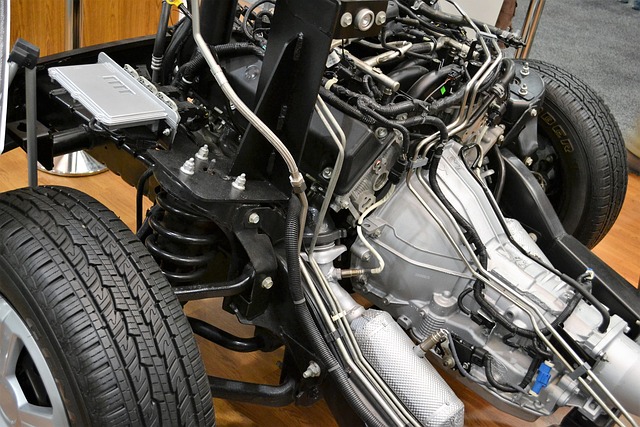Aluminum's role in vehicle weight reduction is crucial for enhancing fuel efficiency due to its lower density than steel, allowing lighter vehicles with improved mileage and decreased consumption. Aluminum body components enable significant weight savings and innovative designs, while its corrosion resistance ensures longevity. Although carbon fiber components offer advanced performance, aluminum remains a key material for eco-friendly and economically beneficial vehicle manufacturing, driven by market demands for better fuel economy and structural integrity challenges in traditional automotive design.
Aluminum body components have emerged as a key driver in enhancing fuel efficiency rates within the automotive industry. This article delves into the transformative role of aluminum in reducing vehicle weight, its direct correlation with improved mileage, and offers a comparative analysis between aluminum and carbon fiber components for future vehicle designs. By exploring these aspects, we shed light on how lightweight materials are revolutionizing transportation sustainability.
- Understanding Aluminum's Role in Vehicle Weight Reduction
- Direct Impact of Lightweight Materials on Fuel Efficiency
- Carbon Fiber vs. Aluminum: A Comparative Analysis for Future Vehicles
Understanding Aluminum's Role in Vehicle Weight Reduction

Aluminum plays a pivotal role in vehicle weight reduction, which is a key driver for enhancing fuel efficiency rates. In comparison to traditional materials like steel, aluminum offers a significantly lower density, allowing automakers to design lighter vehicles without compromising structural integrity. This weight savings is crucial as every kilogram reduced contributes directly to improved mileage and decreased fuel consumption. By utilizing aluminum body components, manufacturers can achieve substantial weight reductions, making their vehicles more eco-friendly without sacrificing performance or safety.
The integration of aluminum also facilitates innovative vehicle designs, often seen in modern automobiles. Unlike rigid steel, aluminum allows for greater design flexibility, enabling the creation of sleek, aerodynamic shapes that minimize drag and enhance overall efficiency. Moreover, aluminum’s exceptional corrosion resistance ensures the longevity of these components, reducing the need for frequent replacement or costly repairs, such as those required for damaged auto glass, fender repair, or vehicle body repair. This further contributes to the long-term economic benefits of lightweight aluminum construction in the automotive industry.
Direct Impact of Lightweight Materials on Fuel Efficiency

The direct impact of lightweight materials on fuel efficiency rates is profound. Aluminum body components, compared to traditional steel, offer significant advantages in reducing a vehicle’s overall weight. This reduction in mass directly translates to lower fuel consumption, as less energy is required to propel the car forward. In today’s market, where fuel efficiency is a paramount concern, this simple yet effective strategy has led to substantial improvements in vehicles’ performance and environmental impact.
Carbon fiber components further enhance this trend by providing an even lighter alternative with exceptional strength-to-weight ratios. Many modern automotive manufacturers are integrating these advanced materials into their designs, aiming for remarkable fuel economy gains without compromising on structural integrity. This shift towards lightweight materials is not just a trend but a necessary evolution in the industry, pushing the boundaries of both car repair services and collision damage repair to accommodate these innovative components while ensuring optimal performance and safety.
Carbon Fiber vs. Aluminum: A Comparative Analysis for Future Vehicles

In the pursuit of enhancing fuel efficiency rates, the automotive industry is continuously exploring lightweight materials that can replace traditional heavy components. Among these materials, aluminum and carbon fiber components stand out as game-changers. While both offer significant weight reduction, they have distinct properties that make them suitable for different applications.
Carbon fiber components are renowned for their exceptional strength-to-weight ratio, making them a favorite among performance vehicles. However, their production involves intricate processes and specialized manufacturing techniques, driving up costs. On the other hand, aluminum offers excellent corrosion resistance and ease of recycling, making it an eco-friendly choice. In terms of auto maintenance and bodywork repairs, aluminum is more readily available and cost-effective, making it a practical option for mainstream vehicles aiming to improve fuel efficiency without breaking the bank.
Aluminum body components have a significant role to play in enhancing fuel efficiency rates, primarily through effective weight reduction. As the automotive industry shifts towards lighter materials, understanding the direct impact of aluminum on fuel economy becomes crucial. In comparison with carbon fiber components, aluminum offers a balance between performance and cost-effectiveness. This study highlights the importance of lightweight materials in achieving sustainable transportation goals, paving the way for future innovations like carbon fiber vs. aluminum comparisons to further revolutionize vehicle design.














